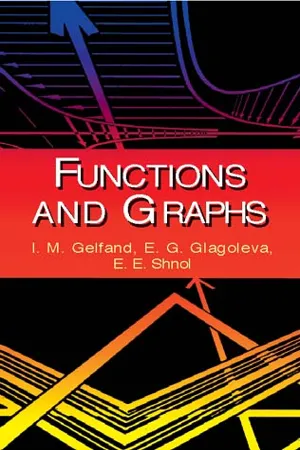
- 112 pages
- English
- ePUB (mobile friendly)
- Available on iOS & Android
Functions and Graphs
About This Book
The second in a series of systematic studies by a celebrated mathematician I. M. Gelfand and colleagues, this volume presents students with a well-illustrated sequence of problems and exercises designed to illuminate the properties of functions and graphs. Since readers do not have the benefit of a blackboard on which a teacher constructs a graph, the authors abandoned the customary use of diagrams in which only the final form of the graph appears; instead, the book's margins feature step-by-step diagrams for the complete construction of each graph. The first part of the book employs simple functions to analyze the fundamental methods of constructing graphs. The second half deals with more complicated and refined questions concerning linear functions, quadratic trinomials, linear fractional functions, power functions, and rational functions.
Frequently asked questions
Information
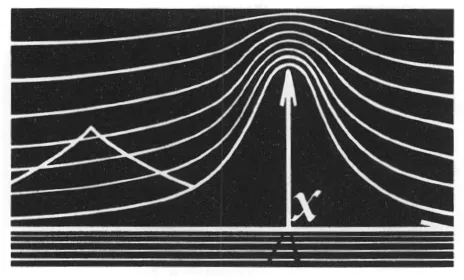






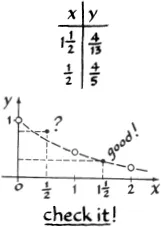






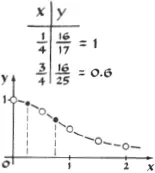
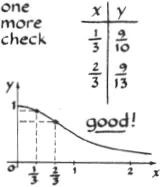



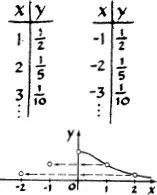
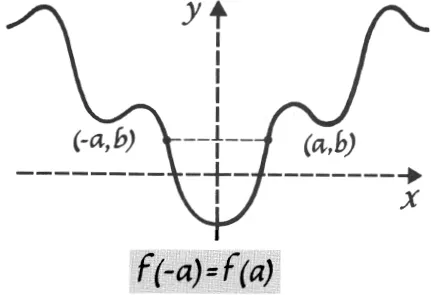
Table of contents
- Cover
- Title
- Copyrights
- Foreword
- Contents
- Introduction
- Chapter 1: Examples
- Chapter 2: The Linear Function
- Chapter 3: The Function Y = X
- Chapter 4: The Quadratic Trinomial
- Chapter 5: The Linear Fractional Function
- Chapter 6: Power Functions
- Chapter 7: Rational Functions
- Problems for Independent Solution
- Answers and Hints to Problems and Exercises Marked by the Sign ⊕